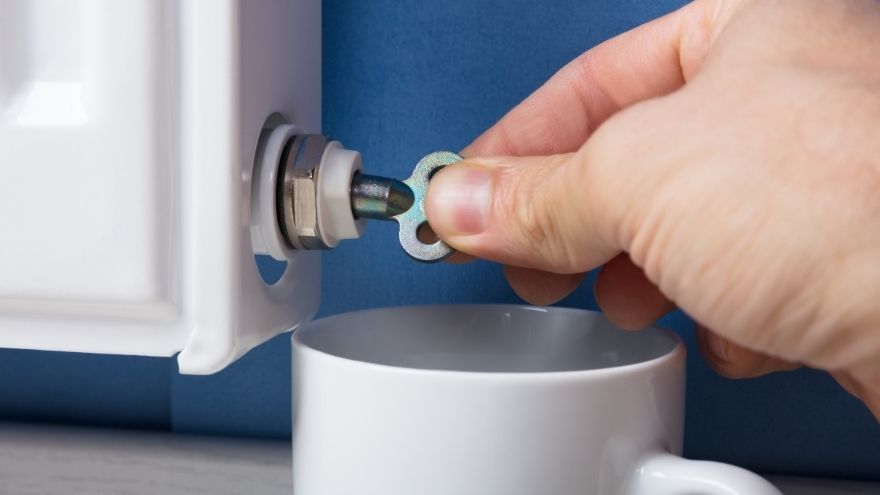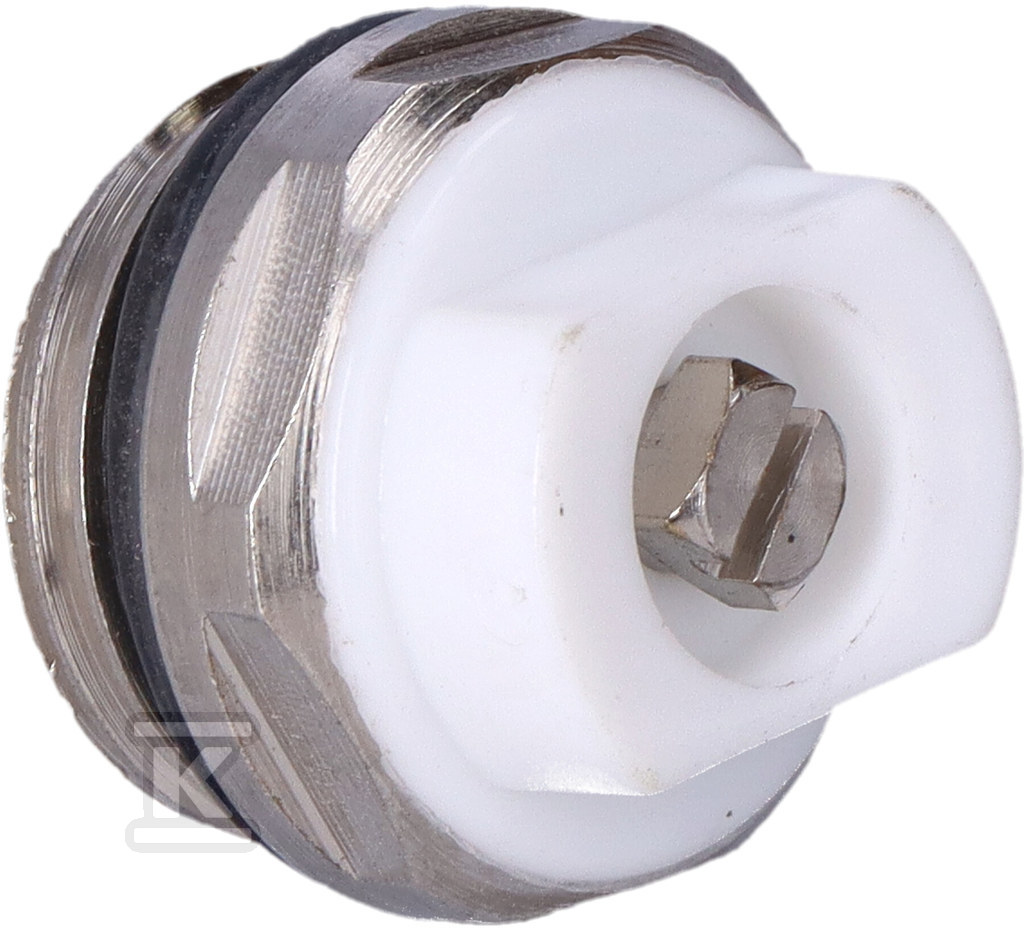Properly functioning radiators are essential especially when it gets colder outside. Unfortunately, we may be surprised by an unpleasant problem - air in the radiator. In this situation, it does not function as it should. In such circumstances, bleeding is necessary, which will restore the effective operation of the heating system. This is extremely important because the air accumulated in radiators reduces their efficiency, which leads to underheating of rooms, but also to unnecessary energy consumption. However, mistakes can be made during bleeding that can lead to serious problems, such as flooding the floor or damage to the installation. It is therefore important to know how to carry out this procedure correctly. In the following article, we will suggest how to do it, avoiding the most common mistakes.

Check radiator air vents at the Onninen wholesaler
Why do radiators need to be vented?
 Bleeding radiators is undoubtedly one of the most important maintenance procedures in heating installations. Air accumulating inside the radiator can have a very negative effect on the entire system, reducing its efficiency and leading to uneven heating of rooms. This is a particularly serious problem in older installations, where there are leaks that allow air to enter the pipes.
Bleeding radiators is undoubtedly one of the most important maintenance procedures in heating installations. Air accumulating inside the radiator can have a very negative effect on the entire system, reducing its efficiency and leading to uneven heating of rooms. This is a particularly serious problem in older installations, where there are leaks that allow air to enter the pipes.
Its presence in the radiator can be noticed by various signs. The most significant is uneven heating. While the upper part of the radiator is cold, the lower part of the radiator is completely different - it is warm. Bubbling sounds are also clearly audible, especially during the operation of the installation. Such symptoms indicate that air is disrupting the circulation of water in the system, which reduces the efficiency of heat exchange.
Regular bleeding of radiators is therefore necessary to ensure the optimal operation of the entire installation. This improves energy efficiency, positively affecting the even heating of all rooms. At the same time, it reduces the risk of failure. Thanks to this, we gain twice - we avoid the discomfort associated with cold radiators, but also reduce unnecessary expenses for repairs or additional heating. The basic tool in this task is a special radiator vent , which we will write about later in the text.
Basic mistakes when bleeding radiators
A cold radiator and sub-zero temperatures outside? This is a quick recipe for huge discomfort and the risk of catching a cold. Therefore, to prevent such a scenario, we must remember to effectively bleed the radiator. This may seem quite simple, but it is not at all, as evidenced by the common problems that occur during this task.
 One of the more serious ones is to bleed air without first turning off the circulation pump. And when the pump is running, the water in the system is in constant motion. This can prevent the removal of air, leading to its further suction.
One of the more serious ones is to bleed air without first turning off the circulation pump. And when the pump is running, the water in the system is in constant motion. This can prevent the removal of air, leading to its further suction.
Another very serious mistake is the lack of proper preparation, for example using the wrong tool to unscrew the air vent valve, which can damage it. Using a special tool for this purpose, such as a 1/2 automatic air vent or an angle automatic air vent , we can be sure that we are doing it correctly. They are designed to automatically remove air from the heating system, which eliminates the need for manual bleeding. This is always convenient, and especially in larger or hard-to-reach heating systems.
When bleeding radiators, remember to always put a container under the water. Failure to do so may result in flooding the floor. Avoid excessive opening of the valve, as a rapid flow of water may result in the liquid being sprayed out and a greater amount of heating medium being lost than necessary. It also sometimes happens that users forget to regularly check the pressure in the system after bleeding. And if the pressure is too low, it may weaken the operation of the entire installation and require refilling the system with water.
How to avoid mistakes when bleeding radiators?
 Air in the radiator is a fairly common problem, so when it occurs, we need to take action, bleeding the radiator and remembering to avoid mistakes. To do this, you need to follow a few basic rules.
Air in the radiator is a fairly common problem, so when it occurs, we need to take action, bleeding the radiator and remembering to avoid mistakes. To do this, you need to follow a few basic rules.
- Before starting the whole process, the circulation pump in the central heating system should be turned off. This way, the water stops circulating, and the air will accumulate at the highest points of the radiators, making it easier to remove.
- The next step is to prepare the appropriate tools, such as a bleed key or the previously mentioned automatic bleeder. We also need to have a container of water on hand to prevent the floor from flooding.
- The air release valve should be opened gently, avoiding a sudden flow of water. Once the air has been removed and water starts flowing from the valve, we must close it tightly.
- It is also important to monitor the pressure in the system after bleeding, as it often drops below the recommended level. This can negatively affect the efficiency of the heating system. If this happens, we should top up the water in the system to the appropriate working pressure, which is usually indicated on the boiler pressure gauge.
So we can see that there are many mistakes that can happen when bleeding radiators. However, by remembering them, we will avoid unnecessary complications.